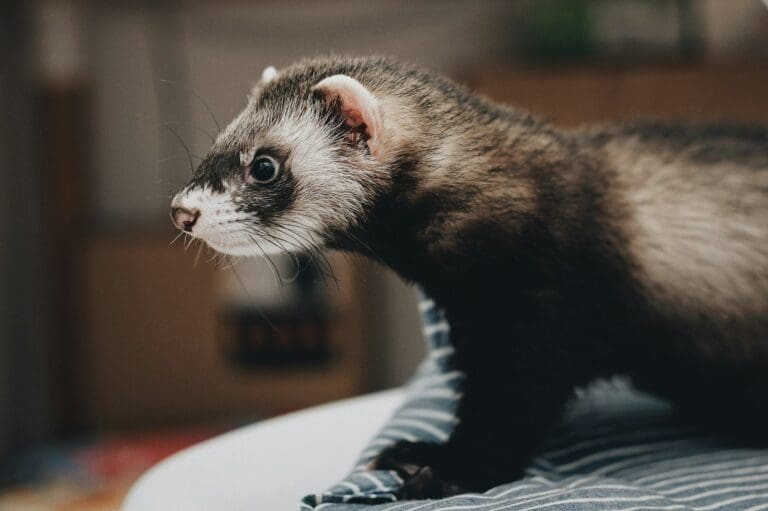Turtles are awesome pets! They’re fascinating creatures with interesting personalities. And, no, they don’t usually train in martial arts and fight ninjas, if that’s what you’re thinking. If you’re still interested in adopting a pet turtle, here are ten things you need to know before you get started.
They Live a Long Time

Turtles have very long natural lifespans. In fact, when properly cared for, turtles can live to be many decades old. Some species can even live to be 150 years old! Take this into consideration before you adopt one as a pet. You might even need a plan for what happens to your pet turtle if they outlive you—which is a real possibility!
Not all Swimmers

Some people think that tortoises and turtles’ only distinction is that tortoises are land creatures while turtles are all swimmers. However, this isn’t exactly right; all tortoises are land-dwelling, but some turtle species are also not fond of the water.
How to Tell Gender
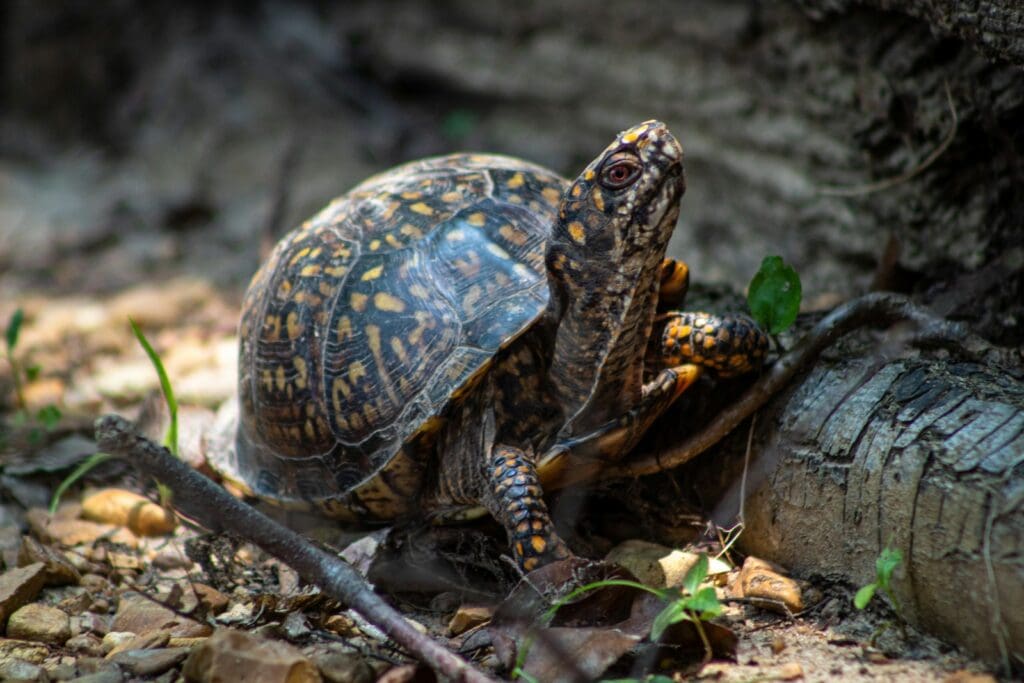
With many reptilian pets, it can be tough to tell if you’ve adopted a male or female animal. With turtles, it’s actually a good bit easier. For one thing, males have much longer tales and their “vent” is further down on their tale. In some species, males have differently-shaped shells, brighter eyes, and longer nails!
Salmonella
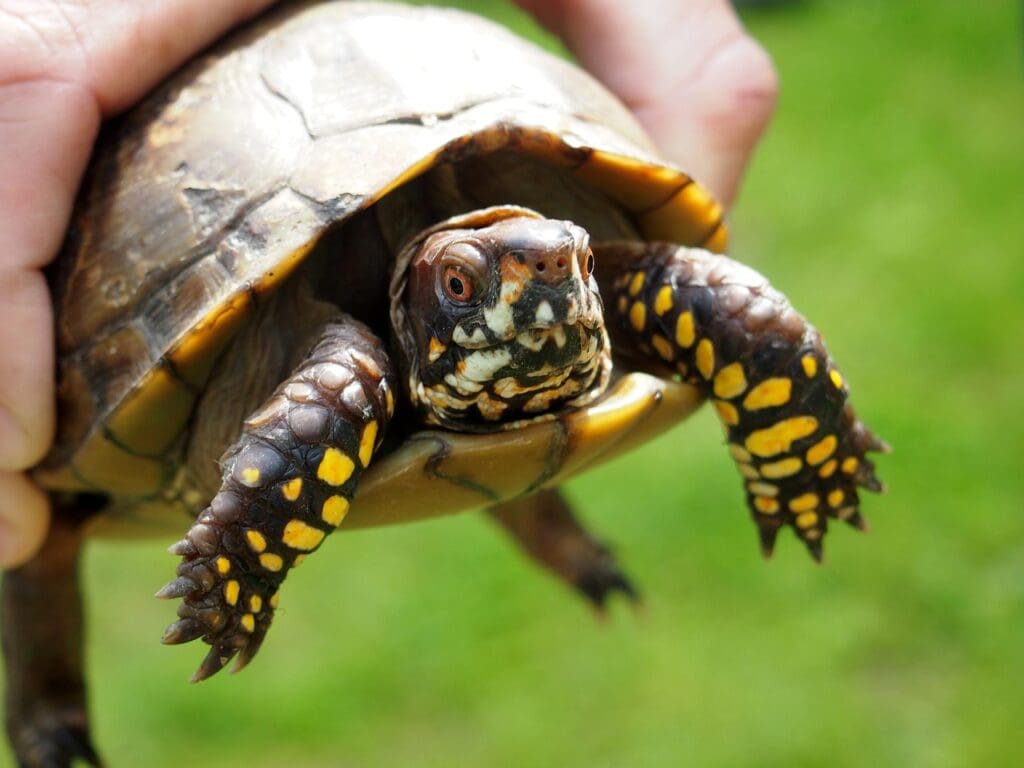
Turtles, like all reptiles, carry salmonella in their intestinal tract. It’s harmless to them but can cause serious gastrointestinal illness in humans. Just make sure you wash your hands after handling your turtle and make sure you keep their enclosure clean and tidy and it shouldn’t become an issue!
Basking Area
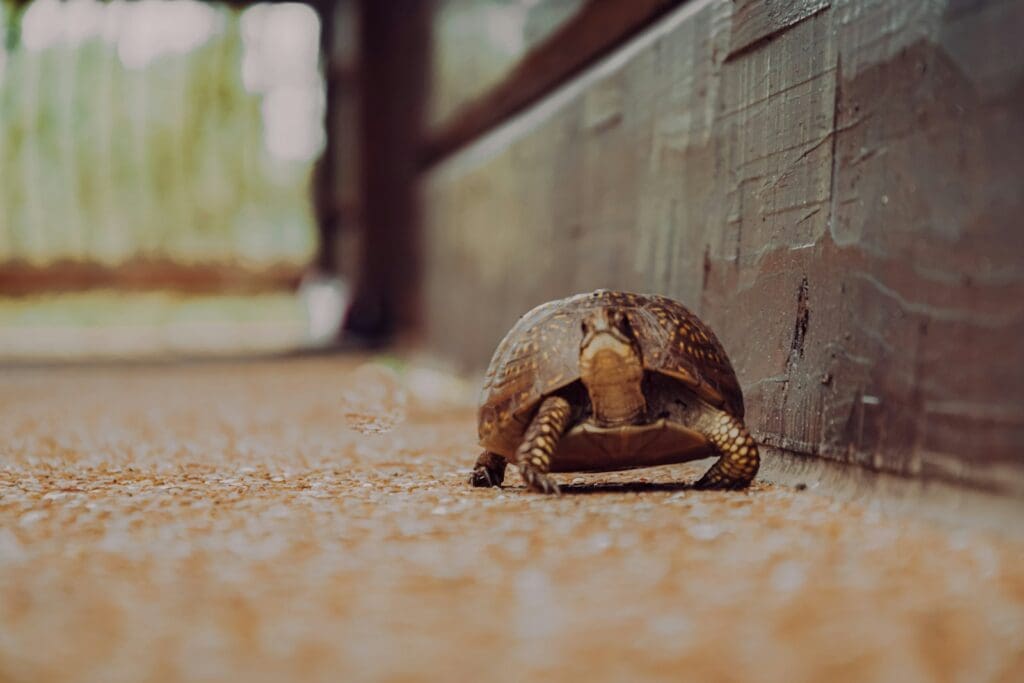
Many turtles spend most of their lives in the water. Even aquatic species need to spend some time basking, though! If you get a pet turtle, make sure their enclosure has a basking area so they can spend some time getting dry and soaking up some warmth. They are cold blooded, after all.
Laying Eggs
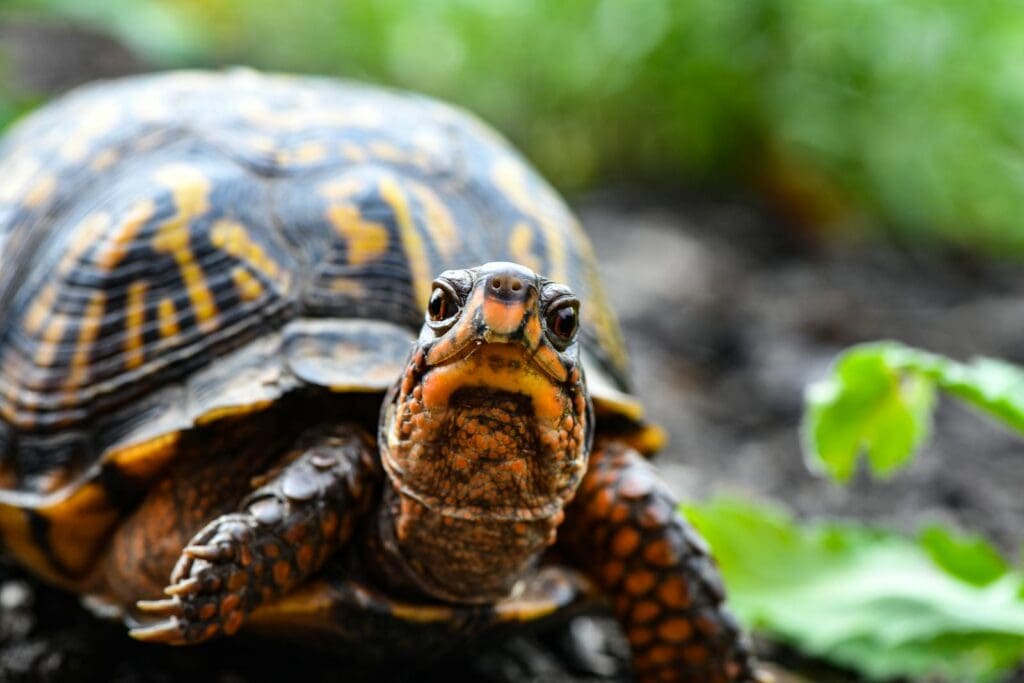
Female turtles can lay eggs even without males around. Naturally, without a male around to fertilize the egg, it won’t hatch. Don’t panic if your turtle lays eggs year-round, either. Turtles in captivity don’t follow the usual mating and hatching seasons like wild turtles do, so they might lay eggs periodically throughout the year.
Veggies
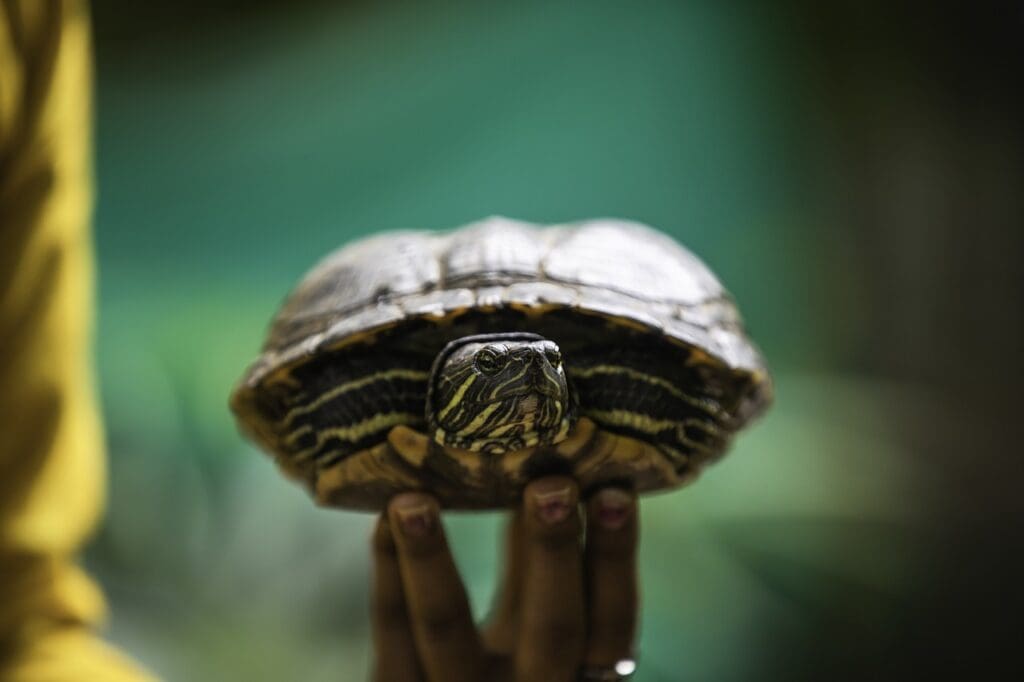
Turtles like vegetables, too! They need a good source of vitamin A in their diets because they don’t store it in their bodies. As such, they need lots of bell peppers, squash, or leafy greens to get their required vitamin A. It’s important for their eye health!
Leg Room
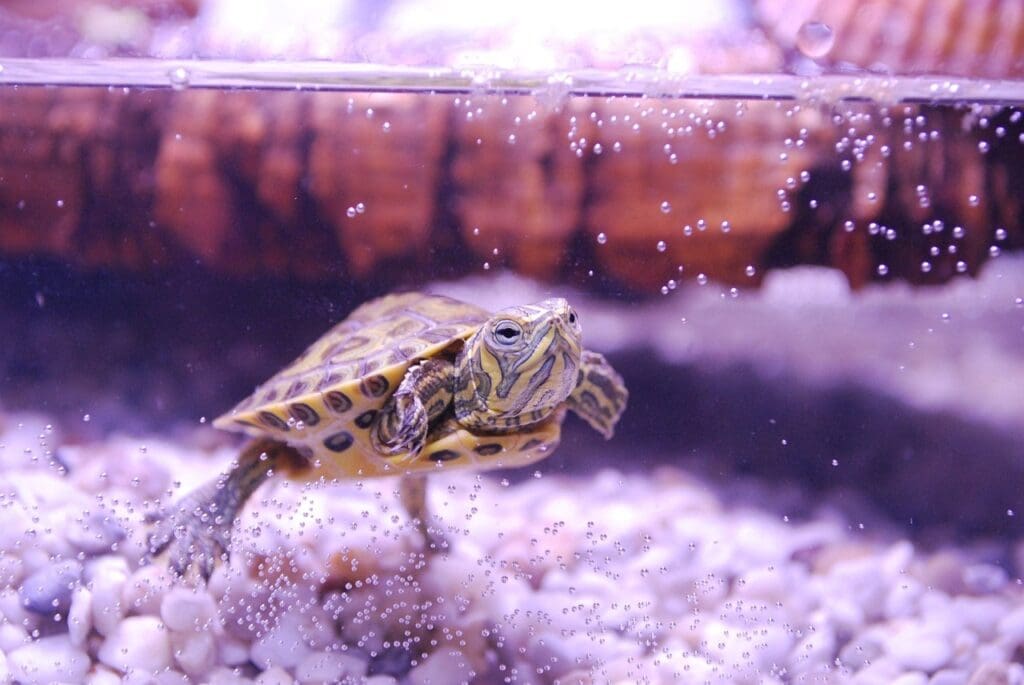
Even small turtles need a good amount of space. Needs differ from species to species, but, as a general rule, you want a tank that’s five times longer and two and a half times deeper than your turtle. You also need a good filter for their tank to keep the water clean for them!
Read More: The 10 Best Pets for Kids with Anxiety
Don’t Release Them

If you’re not able to care for your domesticated turtle anymore, don’t release them back into a river or stream near your home. Domesticated turtles might not do well in the wild, and they could even introduce diseases to wild turtles that they’re not prepared to handle. Find a pet rescue or rehome them, instead.
Read More: 10 Animals That Could Be Extinct by 2050
Great Pets

Turtles can come to recognize their human owners and will even greet them when they approach their tanks. Some have even been known to respond to their owners when they call their names. They make great pets, live for decades, and have delightful personalities. If you’re interested in adopting a turtle, they can make wonderful lifelong pets!
Read More: Don’t Believe These Myths About Reptiles


